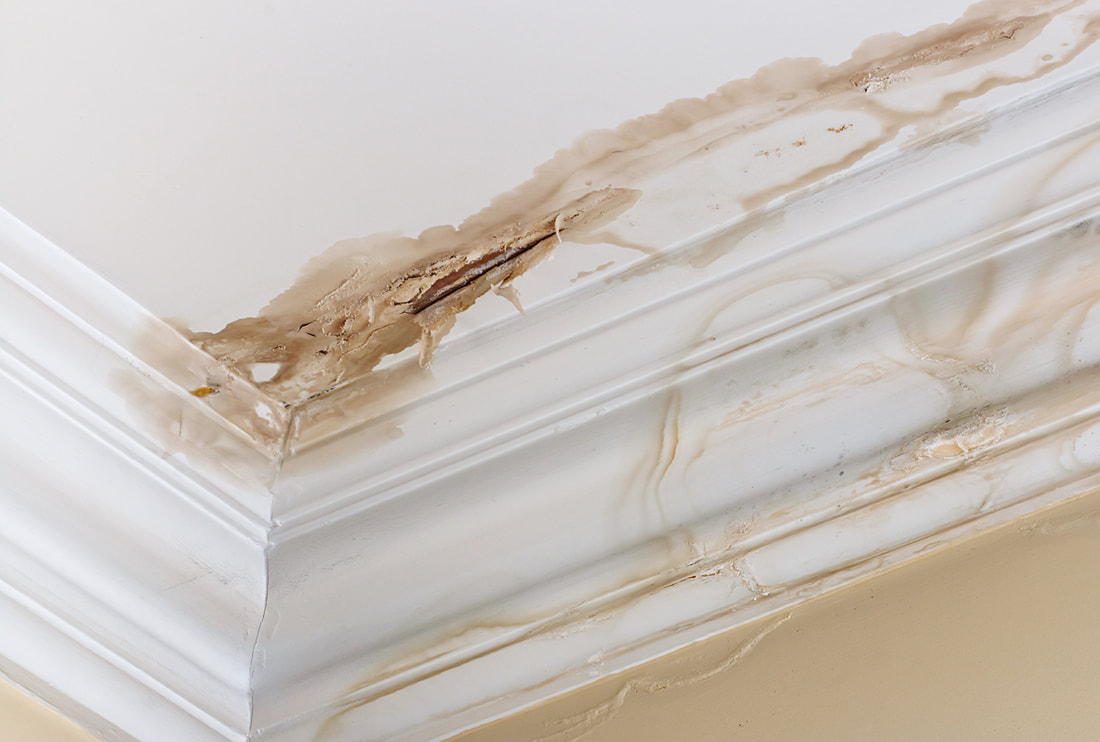Finding Your Leak Can Be Half The Battle

Roof leaks are a common problem in Central Florida, especially during the rainy season, and left unaddressed, they can grow worse and worse until expensive damage is done to the interior of your home.
In some cases, it’s obvious: you see the water dripping (or even streaming) into your house through the ceiling. But other times, you may not be quite sure. First of all, if you see water stains on your ceiling, that’s a telltale sign of leakage. But be aware that some water staining is more subtle or may be hid in a dark corner of the room. And even a small stain or a general area of mild discoloration can signal a much bigger leak than you might think. Next, if you see mold or mildew growing inside your home, on the exterior wall, or on the roof itself, it could be a sign of a leak point. And water staining on the exterior walls where they meet the roofline is another key point to check. Mold near the downspouts or under the gutters could indicate a leak in your gutter system. And missing shingles or damaged roofing not only means you need a roof repair but may indicate a hidden leak. Finally, also be sure to check in your attic with a flashlight – preferably during a rainstorm, for any signs of leaks.
Once the leak has been located on the inside of the building, start your search on the rooftop straight up from there. Then look immediately “uphill” from that point for any likely entry points. Also scan to the right and left a little.
Look around vents and chimneys, near dormers, or nearby skylights or solar panels. It’s rare for leaks to occur in stretches of open shingles, so look near structures, in roof valleys, and along flashing.
If you see mold or dirt and debris build up in one spot, that could be where water is getting in. If you see cracked, loose, or missing shingles, check there too. If necessary, lift up or remove some shingles to see what’s going on underneath.
If all else fails, run water from a hose over different parts of the roof, step by step, while a partner watches at the leak point inside.
Roof Repair Tips For Stopping Found Leaks
Finding the leak is often the hard part. Fixing it so it won’t leak again, however, is what it’s all about. That may be as simple as applying a little roofing caulk, replacing a damaged shingle, or repairing a piece of flashing that’s fallen out of position.
Or, it could require replacing a hopelessly damaged roof vent, replacing rotten rafters or roof decking, or putting in more underlayment where it’s been destroyed.
Whatever it takes, a permanent solution has to be implemented so the leak won’t just reappear in the days and weeks ahead. For more advice on stubborn leaks, contact Sheegog Contracting today!


